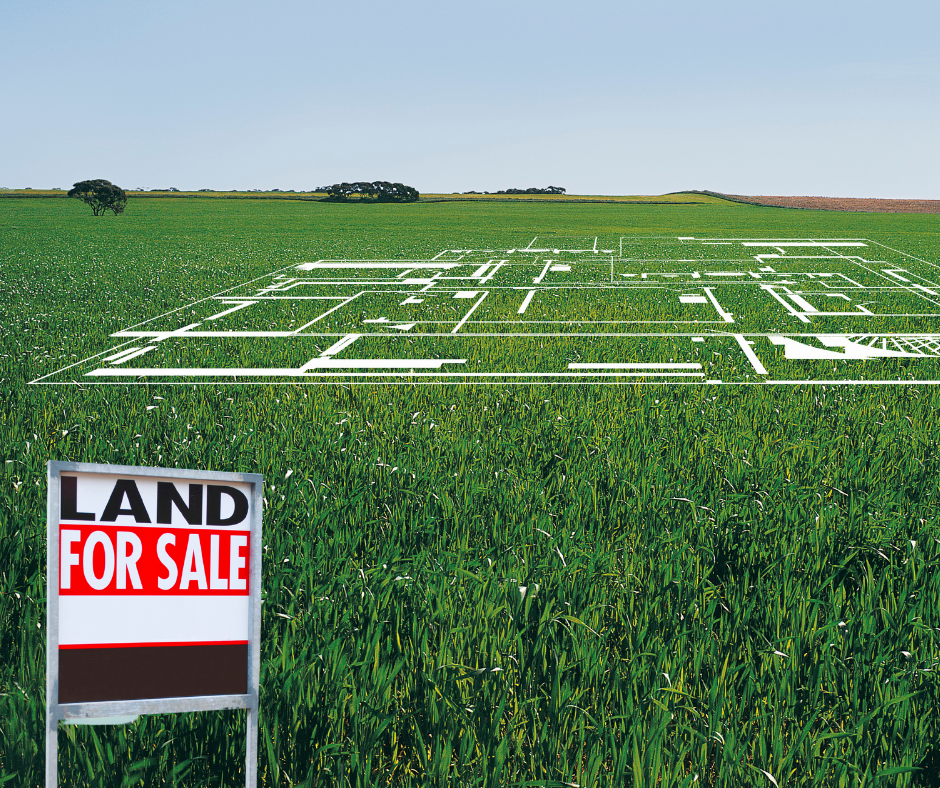Tips for before you purchase a block of land
Imagine you have just purchased your very first block of land in an area that you have absolutely fallen in love with. You have got your ideal land size; it has a great view and a gentle slope. But what if you found out that you were unable to build your dream home on this block or your build is going to go way over budget because of the expensive excavation work that has to take place because of the block is on a landslip area? These are all too common situations as there are many factors which need to be considered when purchasing a block of land. However, there are ways to help avoid large problems such as these. Here is a list of checks to assist you in buying your dream block

Pre-Purchase site analysis
The List – In Tasmania there is a website called the List (Land Information System Tasmania). This is a free resource which is great for checking several aspects on the block you are looking to purchase. Visit The List
- Land Zoning – The land zoning will affect what and where you can build on the block of land. For example, if your block of land has been zoned as rural resource or low density residential there may be limitations on what type of dwelling or how many are permitted on your property. There may only be a certain area of site coverage permitted for building on your block of land.
- Easements – An easement provides the rights to someone other than the landowner, which typically allows them to use the land for a specific purpose. Common easements include drainage, sewage, and carriageway easements. This may affect where you want to place your house as you cannot build over an easement.
- Covenants – Is a covenant is attached to the land which restricts the way in which the land can be used or developed. Common covenants include the type of building materials permitted, restrictions preventing further subdivision, or the number of dwellings permitted on a lot.
- Overlays- Overlays can be acquired from the local council for the purpose of identifying any potential issues with the land. Some common overlays include bushfire prone areas, landslip hazard bands and flood prone areas overlays.
- Service Connections – Does your block have any connections including sewer/water connections, electrical connections? You may need to organise and pay for these to be connected.
- Site Classification – Broadly, your soil classification will detail the amount of movement you can expect to encounter onsite. This is vital to the design of your slab/footings. More movement can mean more costly footings. A site classification will tell you the likelihood of soil shifting on a plot of land. A geotechnical engineer will be able to conduct a detailed analysis of the soil type on your block to ensure you won’t suffer from soil erosion or land slip when it comes time to build.
- Slope – The slope or fall of your block could greatly impact the cost of your build. A block of land with a significant slope indicates that the land may need to be cut or filled which will add to the overall cost of your build.
- Orientation – Consider the orientation of where your house is positioned. Will it get north-facing sun in the living room? Are there areas that won’t receive any sunlight? These are some factors that will need to be considered, not only for aesthetic reasons but for natural light, ventilation, airflow, and energy ratings.
This list is guide only and each individual block will require its own assessment. If you are unsure about where to start when purchasing a block of land, you may wish to consider a pre-purchase site analysis. Here at Prime Design this is something that we can offer you. Contact Prime Design now to arrange your pre-purchase site analysis.
